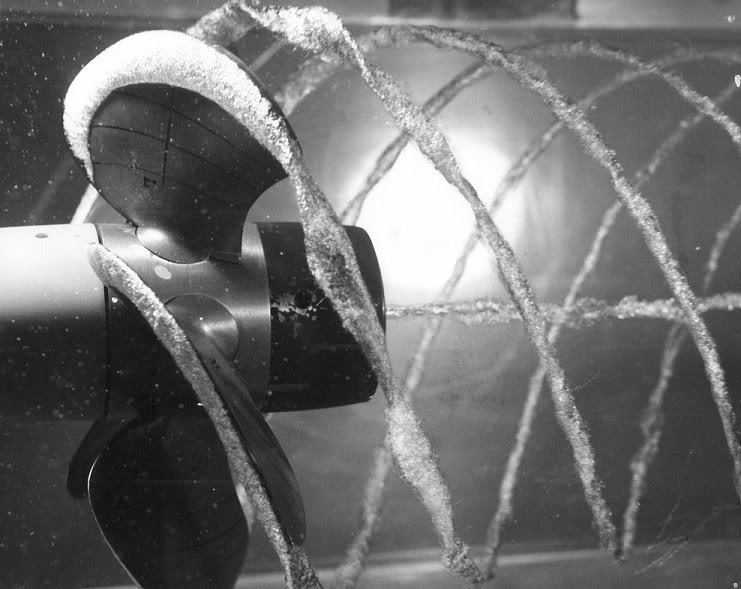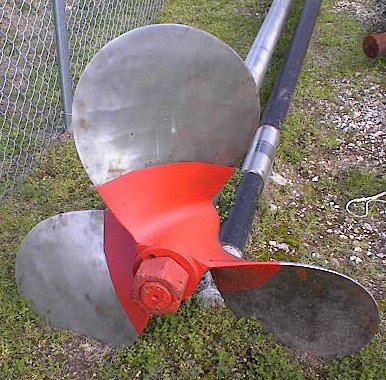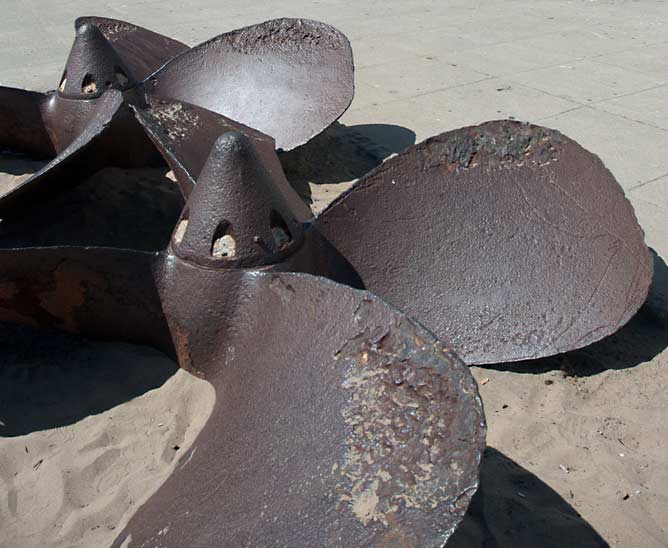When you are driving around your boat on a beautiful summer or fall day, have you ever noticed your boat may seem to have a different performance level than when you got it? Sometimes you might even notice your revolutions per minute jump or lower to points that it should never be at. The main cause of these things has nothing to do with your motor, but rather your propeller. Cavitation is when your propeller seems to look like it is dissolving, or collapsing from the inside. We will discuss boat propeller cavitation and repair services with PES-201 series ceramic epoxy.
Boat Propeller Cavitation And Repair
What is Cavitation?
Cavitation is the formation of vapor cavities in a liquid that are consequence of cavitational forces acting upon water or other liquids. It usually occurs when a liquid goes through rapid changes of pressure that cause the formation of cavities where the pressure is relatively low. When subjected to higher pressure, the voids implode and can generate an intense shockwave that yields heat that can deteriorate a material.
Cavitation is a significant cause of wear in some engineering contexts. Collapsing voids that implode near to a metal surface cause cyclic stress through repeated implosion. This results in surface fatigue of the metal causing a type of wear also called cavitation. The most common examples of this kind of wear are to pump impellers, and bends where a sudden change in the direction of liquid occurs. Cavitation is usually in two classes of behavior: Inertial and Non-Inertial cavitation.

Cavitation In Propellers
Major places that cavitation is more common, are in pumps and propellers, or restrictions in flowing liquid. As a propellers blades move through the accelerating fluid, this forms low-pressure areas. The faster the blade moves, the lower the pressure around it can become.
As it reaches vapor pressure, the fluid vaporizes and forms small bubbles of gas. This is cavitation, when the bubbles collapse later, they typically cause very strong local shock waves in the fluid which can be audible and may even damage the blades. The last thing you want to do is spend even more money on getting a new propeller when you can follow our easy steps to get you on the water faster.
Epoxy Application
Our PES 201 Ceramic Repair Paste is a two component solvent free epoxy metal repair compound. We design this product for use on a wide range of metallic surfaces subject to abrasion and impact.
The product is suitable for emergency repairs or part of planned maintenance to equipment such as the following:

- worn impellers
- damaged valves
- eroded separator housings
- damaged pump casings
- eroded pipe work
- propellers
- bow thrusters
- rudders
- corroded water boxes
- eroded end plates and tube sheets
Take your propeller or surface that is eroded, and apply the epoxy generously then smooth it down with a spatula or applicator tool to give it a flat surface. Within 90 minutes the epoxy should be dry to the touch, however it takes 3 days to fully cure.
These are just the basics of boat propeller cavitation and repair. With our solution you can save yourself a trip to the store to spend money that could be going to other things for your boat, such as fuel. So don’t bother yourself with the hassle of shopping for the right propeller when you can make your old one as good as new with our ceramic epoxy. Above all else, PES is always here to help you and to provide unparalleled satisfaction to our customers!

